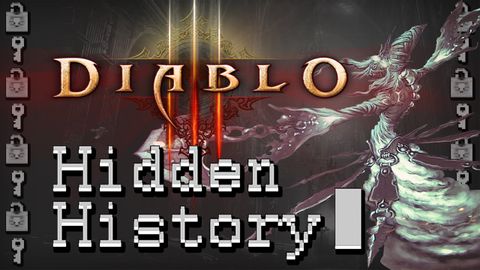隠された歴史。DIABLO ft.クリッパリアン (Hidden History: DIABLO ft. Kripparrian)
王竣生 が 2021 年 01 月 14 日 に投稿  この条件に一致する単語はありません
この条件に一致する単語はありませんUS /ˈsɪriz/
・
UK /ˈsɪəri:z/
- n. (c./u.)連続;連続;シリーズ番組;シリーズ戦;級数;シリーズ
- n. pl.連続 : シリーズ
- adj.直列
US /ɪnˈspaɪr/
・
UK /ɪn'spaɪə(r)/
- v.t.刺激を与える;人を感銘させる;鼓舞する
- v.i.吸い込む;吸い込む
US /ˈrɛfərəns, ˈrɛfrəns/
・
UK /'refrəns/
- n.推薦状;参考文献;参照;地図上での場所;言及;参考文献;参照;参照 (コンピュータ);身元保証人;照会;基準点;参考書
- v.t.引用する;言及する
- prep.に関して
US /rɪˈlɪdʒəs/
・
UK /rɪˈlɪdʒəs/
エネルギーを使用
すべての単語を解除
発音・解説・フィルター機能を解除

